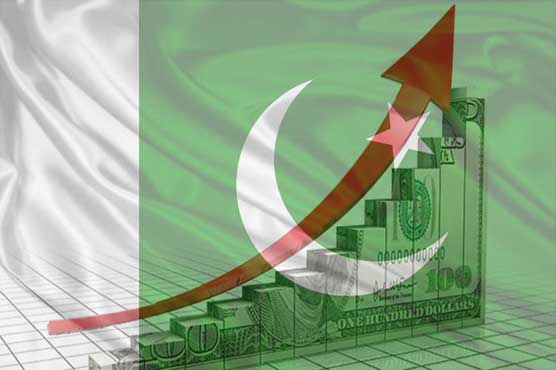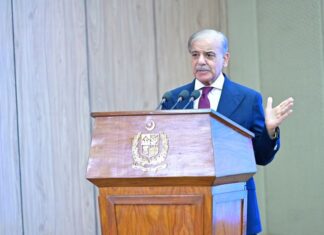LAHORE: Pakistan’s Gross Domestic Product (GDP) growth momentum is expected to be dragged down by the current fiscal year while the stable policy environment takes a turn, economists believe.
Experts are unanimous with their view that GDP growth may take a dip from earlier 5.8 per cent owing to additional currency devaluation risk, higher oil prices, and broader stabilisation measures by slashing Public Sector Development Programme (PSDP) expenditures.
Pointing towards agriculture growth, they expect a drop to 1.5 per cent from the 10-year high of 3.8 per cent. Although, Pakistan’s agriculture sector recorded notable improvement in fiscal 2018 over the previous fiscal year and surpassed the growth target of 3.5 per cent on stronger growth in major crops and a modest increase in livestock. A high base from last year, economic experts believe, coupled with extreme water shortage at the start of sowing season in April and May, has dimmed cotton crop outlook. However, all is not lost as recent updates suggest temperatures have soared in Northern areas earlier than expected, causing glaciers to start melting thereby improving water prospects for the remaining sowing and cultivation period of ongoing Kharif season.
They were optimistic about rice production that would drop sugarcane production owing to lower sugar prices this year. Meanwhile, agricultural experts believe that flattish output of wheat and cotton are likely to keep agriculture growth in check. They also highlighted developments regarding water availability, which would keenly be tracked as that poses a key risk to Kharif season’s minor and major crops output potential in 2018.
Regarding Large-Scale Manufacturing (LSM) growth, they pointed out LSM is likely to be pulled back to 4 per cent from the current 6.1 per cent during fiscal 2018 on lower purchasing power. LSM constitutes 80 per cent of manufacturing and 10.7 per cent of the overall GDP. In comparison, Small-Scale Manufacturing (SSM) accounts for a mere 1.8 per cent in GDP and 13.7 per cent in the manufacturing sector.
The strong momentum of demand growth seen in the past three years on the back of China Pakistan Economic Corridor (CPEC) led projects, low oil prices, stable exchange rate and policy rate are expected to receive a dent due to a mix of policy tools adjustments. While reduced purchasing power will likely affect consumers and auto sector production (in addition to restriction on non-filers to purchase vehicles), restricted PSDP spending and costlier product prices (oil/coal price, exchange rate pass-on) will likely affect cement, steel demand to some extent albeit backed by CPEC-led growth along with capacity expansions in the sector. The risk to cotton production this year could be a key drag for textile sector growth. The food sector is also unlikely to continue its upbeat growth due to expected lower Year on Year (YoY) sugar production from oversupply conditions.
Talking about services sector growth, experts expect the sector to taper off slightly. Consequently, services sector growth is projected to taper off to 5.5 per cent from 6.4 per cent in fiscal 2019 primarily driven by the slowdown in agriculture and manufacturing sector growth would be affecting wholesale trade sector and higher oil prices to the transportation sector























